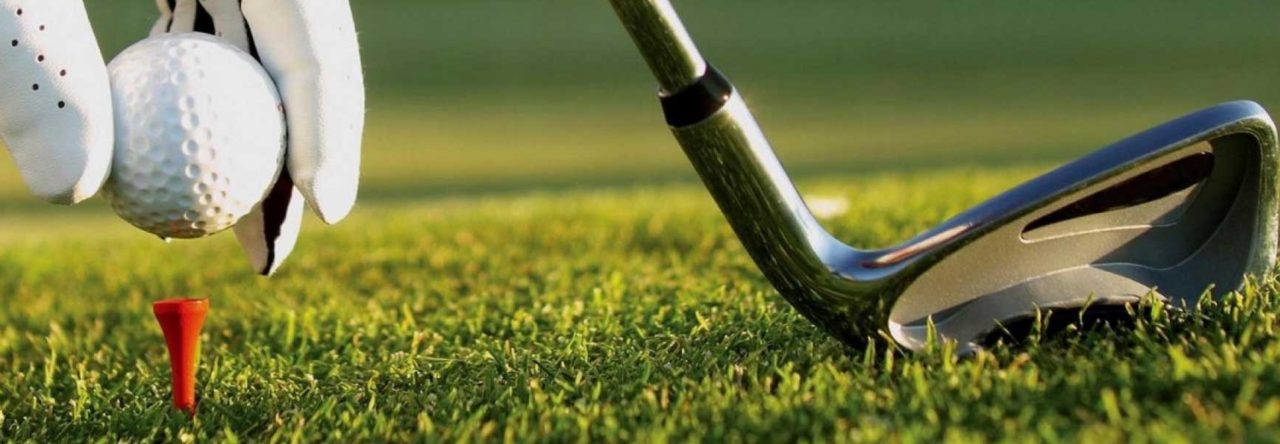For many golfers, putting is the first part of the game they learned. If you look back at years of mini-golfing as a child it’s easy to see that the technique associated with putting has been ingrained in many of us from an extremely young age.
Here’s the problem with that, however; it’s all wrong.
You see, hitting a putt is not as simple as swinging a baseball bat or a tennis racket. To be a successful putter you need precision, which is something these other sports don’t require as dramatically. So how are we supposed to get the precision needed to score better on the green?
It’s simple, we need to start putting cross-handed.
What is Left-Hand-Low Putting?
Left-hand-low or cross-handed putting is one of golf’s lesser known secrets. Recently made popular by Jordan Speith, this putting method has actually been around for decades. In fact, Jack Nicklaus once said that if he had to teach someone how to putt from scratch, he would start them off cross-handed.

For the right-handed golfer, the cross-handed grip is shown above.
So what is cross-hand putting anyways?
Put simply enough, cross-hand putting is simply a reversal in the order of your hands when you grip your club. This led to the phrase “left-hand-low” as right-handed golfers who adopted this technique placed their left hand underneath their right. This can be seen in the picture to the right.
While the set up might seem easy enough, golfer’s such as Jordan Speith, Billy Horschel, and Kevin Chappell have all won tournaments using cross-handed grips in the past few years.
So what is it about putting cross-handed that makes this technique so powerful?
Benefits of Cross-Handed Putting
Let’s be honest, nobody would ever switch up their tried and true putting grip for no reason, right? So there must be something that makes cross-handed putting so powerful.
Well, here are the two reasons you should consider switching to cross-handed putting:
- taking your dominant hand out of control will make you more accurate
- switching your hands will align your shoulders and improve your ball-striking
Improved Accuracy
The first area of improvement driven by cross-handed putting is your accuracy. Traditionally, the dominant right hand (for righty golfers) has caused accuracy problems for golfers.
When you strike a putt, the lower of your two hands drives the action in your stroke. While this is very useful for full swings, as your dominant hand is stronger, it is not helpful for shots that require more precision.
By placing your left hand on the bottom of your grip, you are placing this hand in a dominant position. This, in turn, leads to a putt that resembles more of a pull instead of a push and will help prevent unwanted wrist movement at impact.
Shoulder Alignment
In addition to improving the accuracy of your putts, putting cross-handed can also improve your ball striking on the green. How? Well, it all has to do with how your shoulders are aligned.
When you putt “normally”, or with your right hand on the bottom, many golfers have a tendency to favor their right shoulder over their left.
Normally, this shoulder lean is a helpful part of your game. This helps you sweep the ball off of the tee and squeeze every ounce of distance out of your swing. Unfortunately, doing this on the green causes poor contact and, as a result, poor distance control on your putts.
However, by switching to a left-hand-low grip, your body will naturally square up your shoulders. This helps balance the backswing with the fore swing and produces a more pendulum-like stroke; something that is great for distance control and improved touch around the green.
Recap
While switching to a cross-handed putting grip won’t immediately improve your game, I personally believe that the benefits of improved accuracy and ball-striking are worth the practice time required to make the change.
After all, that’s exactly what made me switch to a left-hand-low grip two years ago. Something that has paid dividends for me ever since.
Cross-handed putting might not be right for everybody, but it was right for me. And given the esteemed company that has also switched over to cross-handed putting, there’s no doubt in my mind that left-hand-low is here to stay.





 Pinehurst No. 2
Pinehurst No. 2 Over the years, many of the courses Ross created underwent renovations to help restore Ross’ original designs. This is a delicate process, however, one in which renovators often take the liberty of implementing subtle changes. For skilled Ross renovators, evaluating original photographs and blueprints represent merely the starting point. These individuals must begin to think like Ross to reimagine his courses. Anything short of complete attention to detail jeopardizes Ross’ many lasting works.
Over the years, many of the courses Ross created underwent renovations to help restore Ross’ original designs. This is a delicate process, however, one in which renovators often take the liberty of implementing subtle changes. For skilled Ross renovators, evaluating original photographs and blueprints represent merely the starting point. These individuals must begin to think like Ross to reimagine his courses. Anything short of complete attention to detail jeopardizes Ross’ many lasting works.
